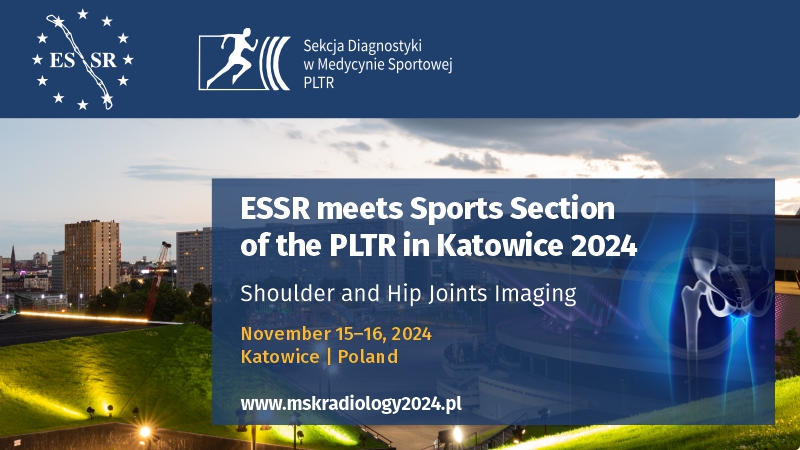EUS in children with eosinophilic oesophagitis – a new method of measuring oesophageal total wall thickness area. An artificial intelligence application feasibility study. A pilot study
Slawomir Wozniak1, Radoslaw Kempinski2, Katarzyna Akutko3, Tomasz Pytrus3, Urszula Zaleska-Dorobisz4
 Affiliation and address for correspondence
Affiliation and address for correspondenceAim: In the study, we aimed to introduce a formula for measuring the oesophageal total wall thickness area, which could be used for developing an artificial intelligence-based algorithm for the detection of patients whose total wall thickness area exceeds the norms. Material and methods: Mathematical formulas for measuring the square area of the oesophageal total wall thickness area were introduced and applied. Children were grouped according to their weight in clusters. For each cluster, the range (minimal and maximal value) were established. The measurements were done by using the formula for the area of the circular ring according to the formula A = π (B2–b2); the product of π and subtraction square b (smaller radius) and square B (bigger radius). The basic data for our calculations were derived from papers published by Dalby et al., 2010 and Loff et al., 2022. Results: The square area (in mm2) of the oesophageal wall was calculated and proposed to be introduced for further analysis. This value set could be used for creating an algorithm for computer-aided analysis of patients diagnosed with sonographic examination and isolating patients for surveillance. Our newly introduced approach could be implemented in sonographic, computer tomography, and magnetic resonance examinations in eosinophilic oesophagitis and other oesophageal diseases. Conclusions: Total wall thickness area could be used for monitoring children with eosinophilic oesophagitis and other oesophageal diseases. The method could also be applied for adults. Therefore, it can be a foundation for further progress with applying artificial intelligence algorithms.







